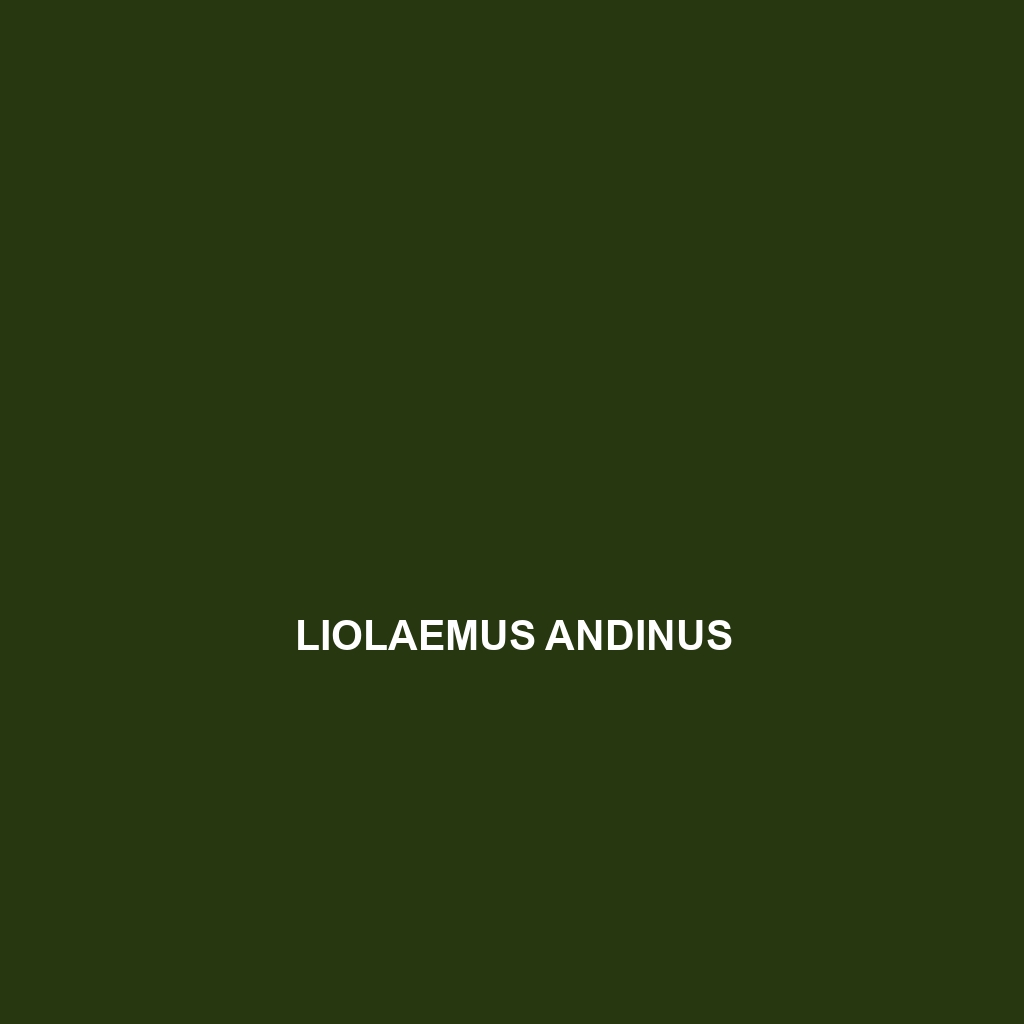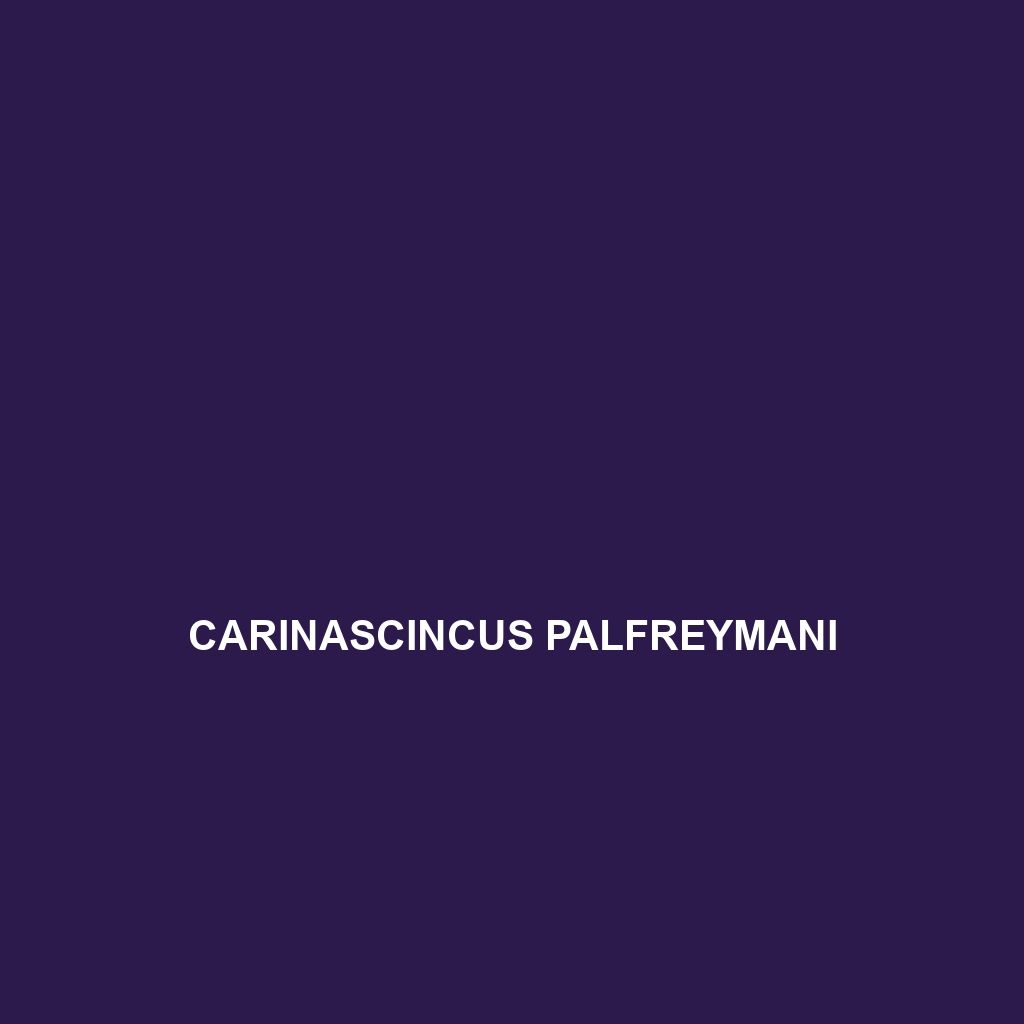Discover the Liolaemus andinus, or Andean Liolaemus, a unique high-altitude lizard found in the Andes Mountains, known for its distinctive coloration, territorial behavior, and diet primarily consisting of insects. This species adapts well to extreme climate conditions and plays a crucial role in maintaining ecological balance within its alpine habitat.
Tag: high altitude lizards
Darevskia caucasica
Darevskia caucasica, a vulnerable lizard species native to the Caucasus mountains, known for its agility and distinctive grayish-brown to olive-green coloration. Thriving in rocky, temperate habitats, it plays a crucial role in controlling insect populations while showcasing remarkable adaptations for survival at high altitudes.
Cyrtopodion medogense
Cyrtopodion medogense, a vulnerable gecko species from southeastern Tibet, known for its agile nocturnal behavior, distinctive camouflage, and diet primarily consisting of small insects. This rocky-habitat dweller plays a crucial role in maintaining ecological balance within its mountainous environment.
Carinascincus orocryptus
Discover the Alpine Skink (<i>Carinascincus orocryptus</i>), a vulnerable Australian species known for its agile, 12-15 cm length and distinctive smooth scales that range from brown to olive-green. These diurnal skinks inhabit high-altitude regions, feeding on invertebrates and playing a crucial role in maintaining their ecosystem balance.
Anolis santamartae
<strong>Anolis santamartae</strong> is a medium-sized lizard native to the montane forests of the Sierra Nevada de Santa Marta in Colombia, characterized by its vibrant coloration and distinct dewlap. This arboreal species primarily feeds on insects, plays a vital role in its ecosystem, and is currently listed as Vulnerable due to habitat loss.
Anolis altitudinalis
Discover the fascinating Anolis altitudinalis, a vibrant lizard found in the cloud forests of the Caribbean, renowned for its striking green and brown coloration, unique climbing skills, and crucial role in controlling insect populations. With a size of 12 to 15 centimeters, this species is not only a captivating sight for enthusiasts but also plays a vital part in maintaining the ecological balance of its high-altitude habitat.





